Will Merida's new Reacto redefine the way aero bikes are designed?
How do you make an aero bike better? By making it more comfortable


Merida's new Reacto is the fourth generation of its venerable aerodynamic race bike. But rather than undergoing a complete redesign this version has been refined to within an inch of its life.
Normally when releasing a new version of a bike designed to cheat the wind a brand will boast at length about the enhanced drag reduction figures that are normally associated within this field, often with comparisons with other bikes and of course claiming that this is 'the fastest bike on the market'.
Merida however has transcended the usual process and despite the Reacto still being the fastest option in its road division this fourth edition is all about wrapping those existing aero advantages into an all-round package, one that not only delivers the expected speed but provides the comfort levels normally associated with endurance machines.
Which Merida road bike is right for you?
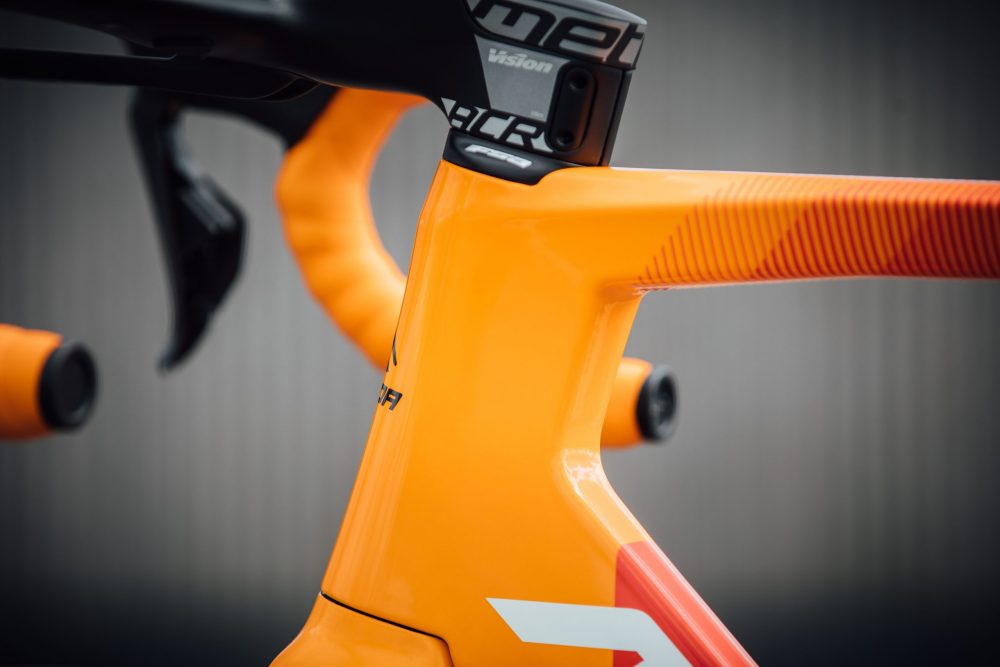
Of course there are still improved aero claims with the new Reacto, thanks to refinements in the frame design. The cockpit and front end of the bike feature complete cable integration - look carefully and you still won't see anything, just a super clean interface between bar, stem and frame. According to Merida, this integration offers a 2 watt saving over the existing version - per cable. There’s also a new fork design that integrates even more closely to the frame, again bringing a 2 watt saving. All savings measured in virtual wind tunnel at 45km/h.
>>> Merida launch all new Scultura Endurance range
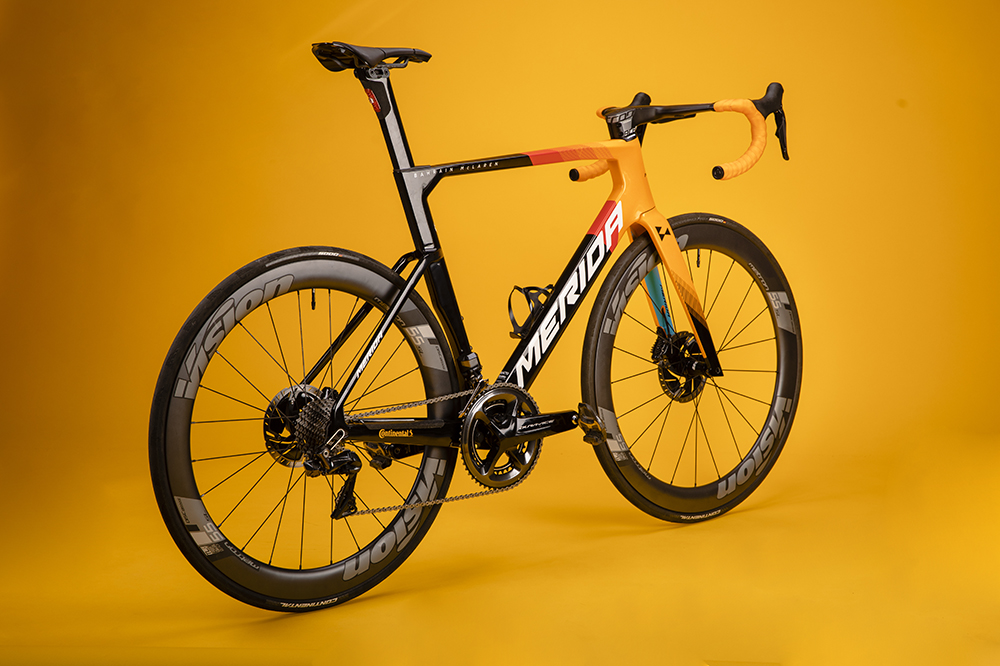
Of the most obvious frame changes the new Reacto features a much lower seatstay arrangement, now starting further down the seat tube. The shape and angle of the junction between seatstay and chainstay has also seen big changes to bring a degree more compliance into the rear triangle, despite the stays maintaining a truncated airfoil/NACA shape.
>>> Read: Merida Reacto 6000 2018 review
Additional features such as a concealed seatpost clamp, flush thru-axles and new versions of Merida’s unique disc brake cooling fins all further contribute towards reducing the overall drag of the Reacto.
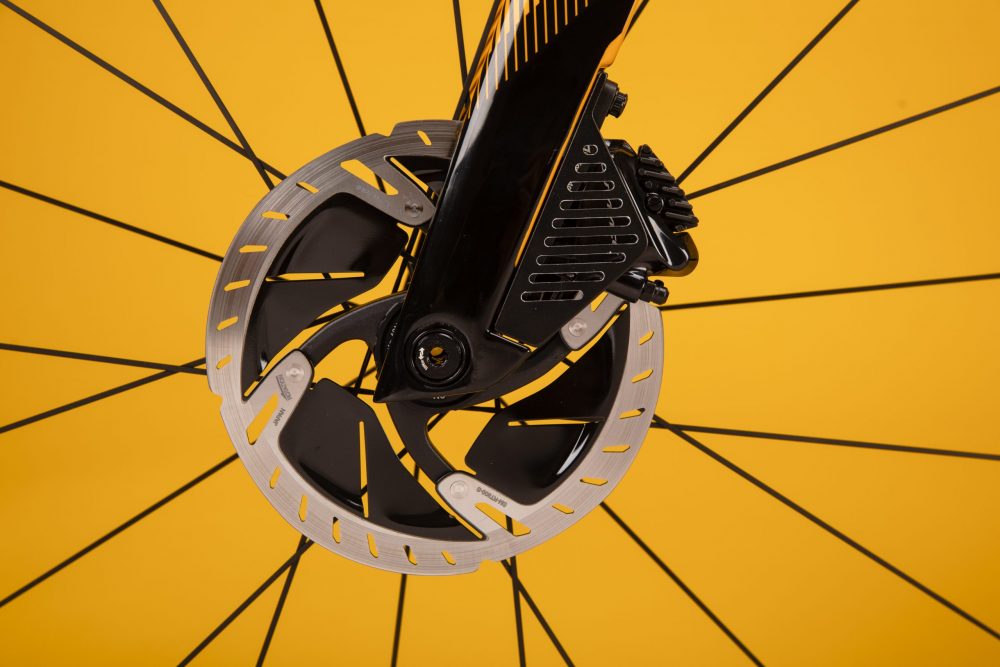
But as stated at the start, the real story of the new Reacto is of trying to make what is most definitely a rapid race machine into one that even GC riders (and us mere mortals) will be happy to ride for long distances in relative comfort. To this end the carbon layup on all models has been refined to provide as much compliance as possible without limiting efficiency and the ever-important stiffness.
Crucial to this new emphasis on bringing comfort is an increase in tyre clearance. The new Reacto can now take a 30mm tyre, something hitherto unknown in the world of the aero speed machine. Interestingly despite the emphasis on running wider rubber Merida has erred on the side of caution and the entire range is still specced with the racer's favourite 25mm width.
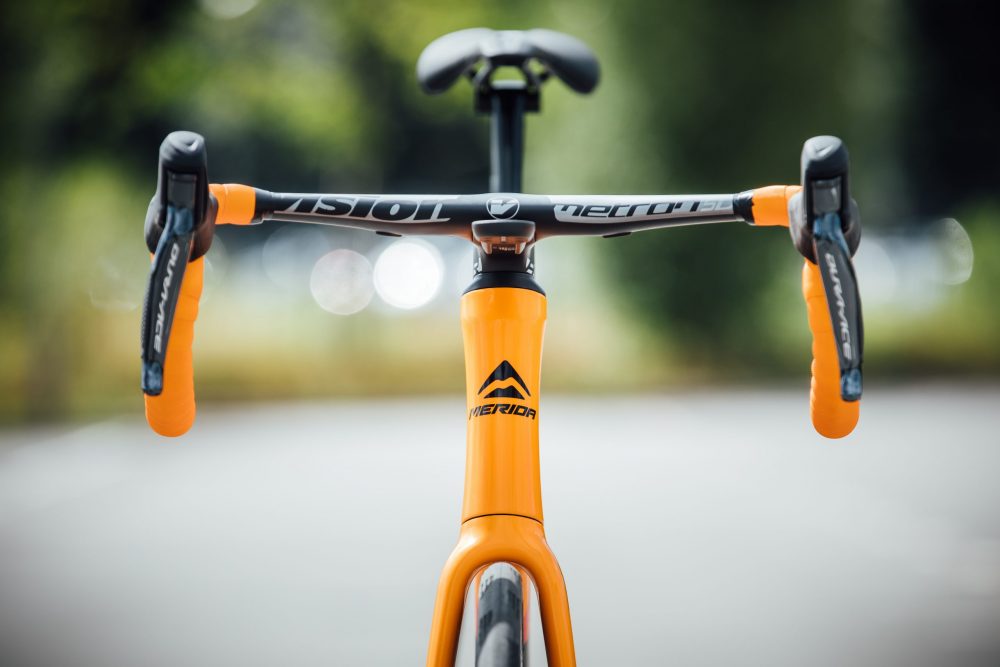
One aspect of the Reacto that Merida acknowledges that it could have changed to improve aerodynamics was the seatpost. The designers admit that a deeper seatpost would have been an obvious improvement but would have come at the expense of comfort. Therefore, it's stuck with the tested S-Flex seatpost, complete with its rubber insert designed to enhance flex.
How does it ride?
The new Reacto was delivered into my hands after it was driven overnight from Germany late last week. So it has given me just enough time to head out for a couple of decent rides on the bike to find out what's what and if it truly does live up to the claims Merida has given it.
Within the first mile of leaving the house I could feel that the Reacto had a different characteristic to the usual aero bike. Yes it still felt lithe and firm, like a tiger waiting to pounce, but there was a little more muting to the usual rear end kicking an aero bike delivers. It's not to say it delivers a noodly 'armchair' ride, just a modicum more relief on some of the rougher road surfaces I cover on my main test loop.
It's also blisteringly fast. In this top-level Team Bahrain McLaren replica guise it comes specced with a wishlist set of kit including Vision Metron 55 mm deep wheels and Continental GP5000 tyres, so suffice to say it shifted. Around my test loop there are several sections I use to measure the performance of the bikes I test and I achieved PR's on several of these pretty hard-fought stretches even including a long draggy climb. It maintains speed as well as any bike I have ridden over recent years and it feels like that little bit of added compliance enables you to maintain power and momentum through the road when a harsher bike would have you backing off.
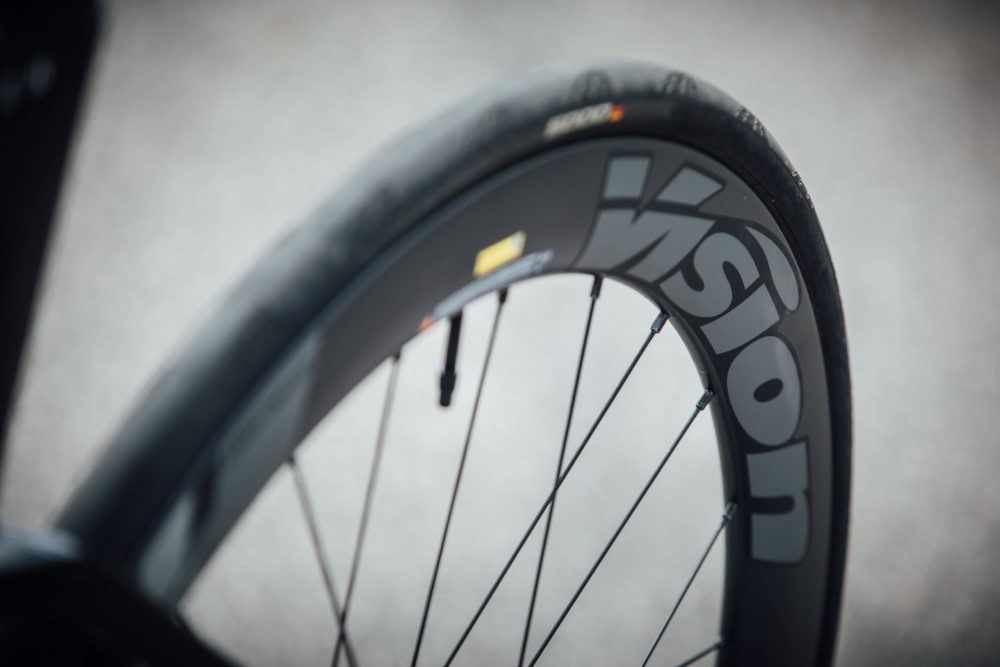
The Shimano Dura-Ace power meter specced as standard also indicated that it was delivering me more speed for my typical wattage than the last few bikes I have tested along this route. Obviously this isn't a super accurate comparison and I don't claim that this was a scientific test, purely observations.
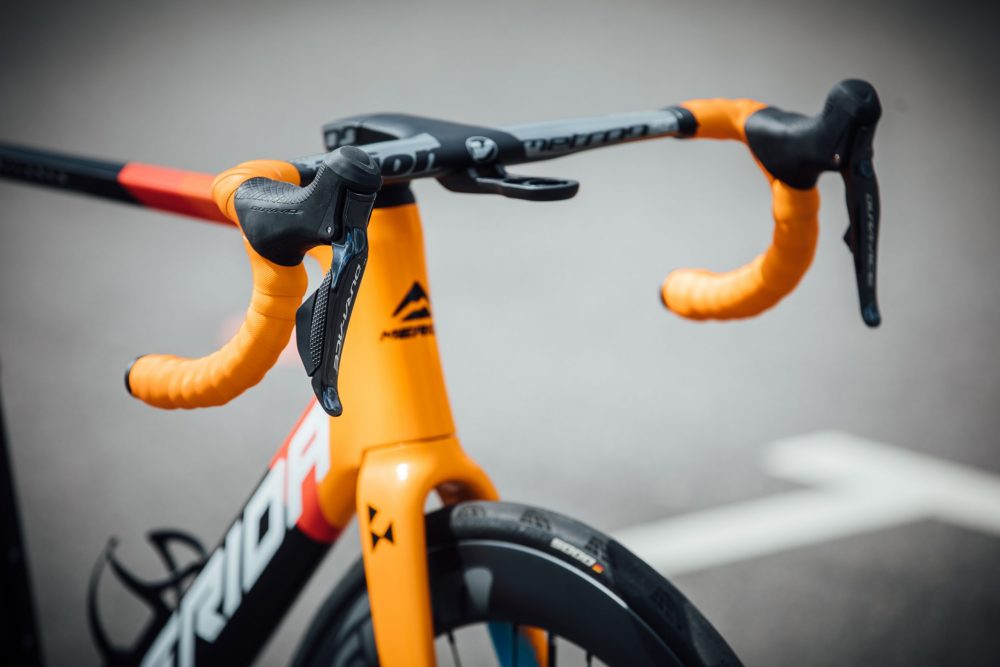
One aspect that I would change straight away is the bar tape. It might not sound like much but the tape fitted (which looks like the same tape the team use) feels plasticky and slippery and made for a few twitchy moments when my hand slipped.
I'm looking forward to putting a lot more miles into the Reacto and based on this first impression I would say Merida has created a bike that feels like you could live with it longterm a little more easily than some other aero machines. I'll be writing a full review in the next few weeks after subjecting it to some brutal Welsh riding.
The range
Reacto Team-E, £9,000
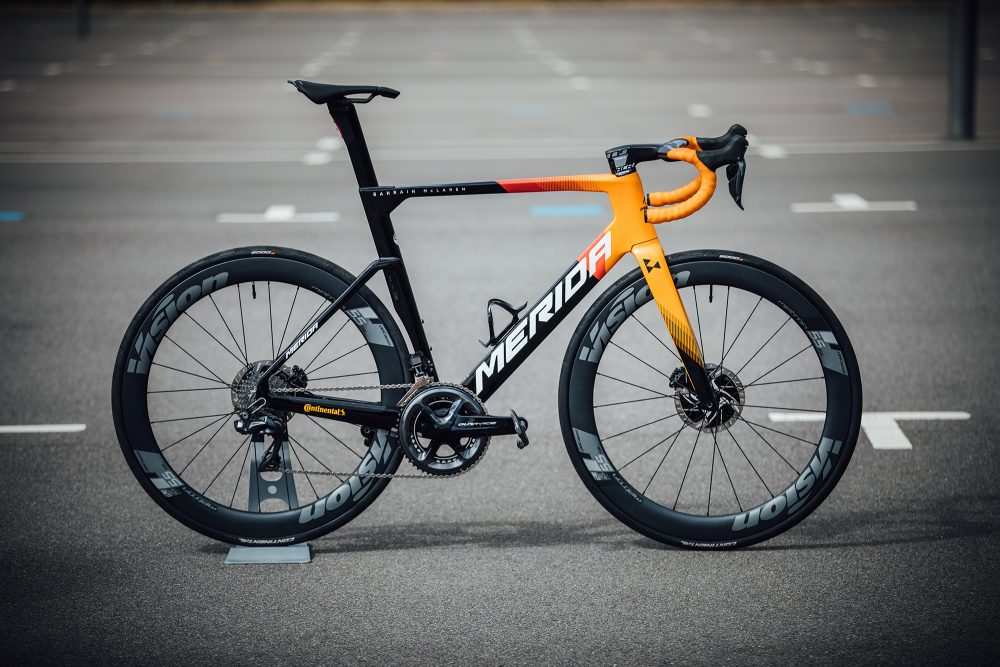
- Reacto CF5 carbon frame and fork
- Shimano Dura-Ace 9070 Di2 groupset inc. power meter
- Vision Metron 55 carbon tubeless ready wheelset
- Continental GP5000 700X25c tyres
- Vision Metron 5D carbon one piece bar/stem
- Prologo saddle
- Weight 7.1kg (size large)
Reacto 9000-E, £9,000
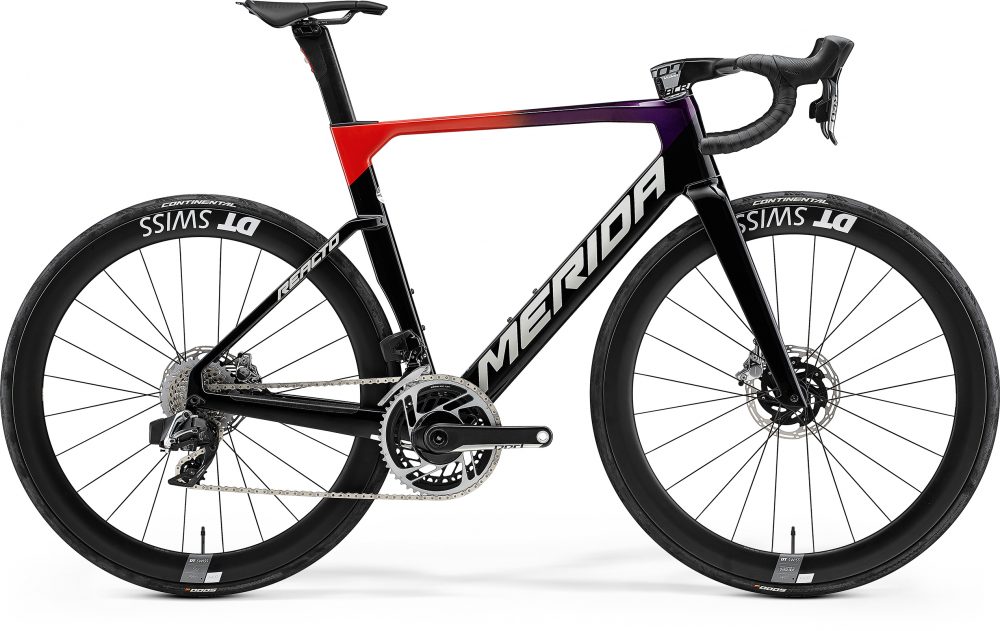
- Reacto CF5 carbon frame and fork
- SRAM Red AXS eTap groupset
- DT Swiss ARC 1400 Dicut DB 50 wheelset
- Continental GP5000 700X25c tyres
- Vision Metron 5D carbon one piece bar/stem
- Prologo saddle
Reacto 8000-E, £5,500
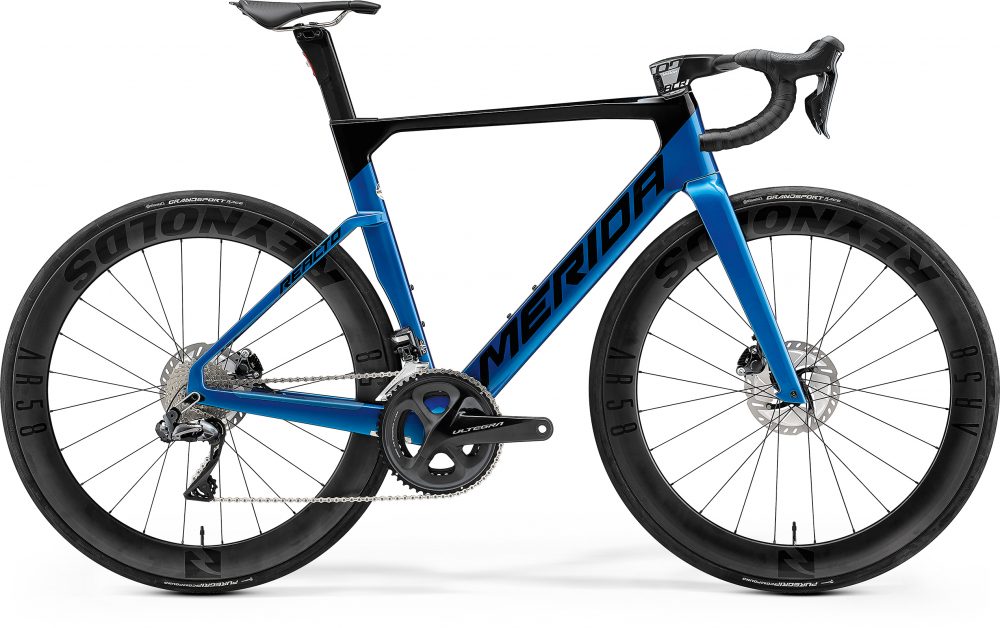
- Reacto CF5 carbon frame and fork
- Shimano Ultegra 8070 Di2 groupset
- Reynolds AR 58 DB wheelset
- Continental Grand Sport Race 700X25c tyres
- Vision Metron 5D carbon one piece bar/stem
- Prologo saddle
Reacto 7000-E, £3,600
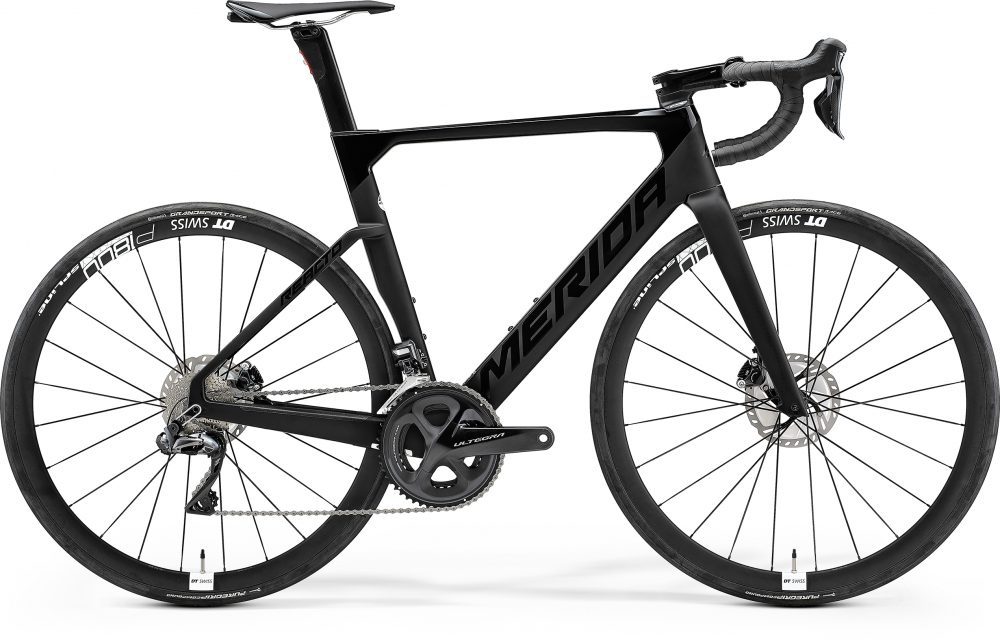
- Reacto CF3 carbon frame and fork
- Shimano Ultegra 9070 Di2 groupset
- DT Swiss P1800 Spline DB32 wheelset
- Continental Grand Sport Race 700X25c tyres
- Merida bar and stem
- Merida saddle
Reacto 6000, £2,800
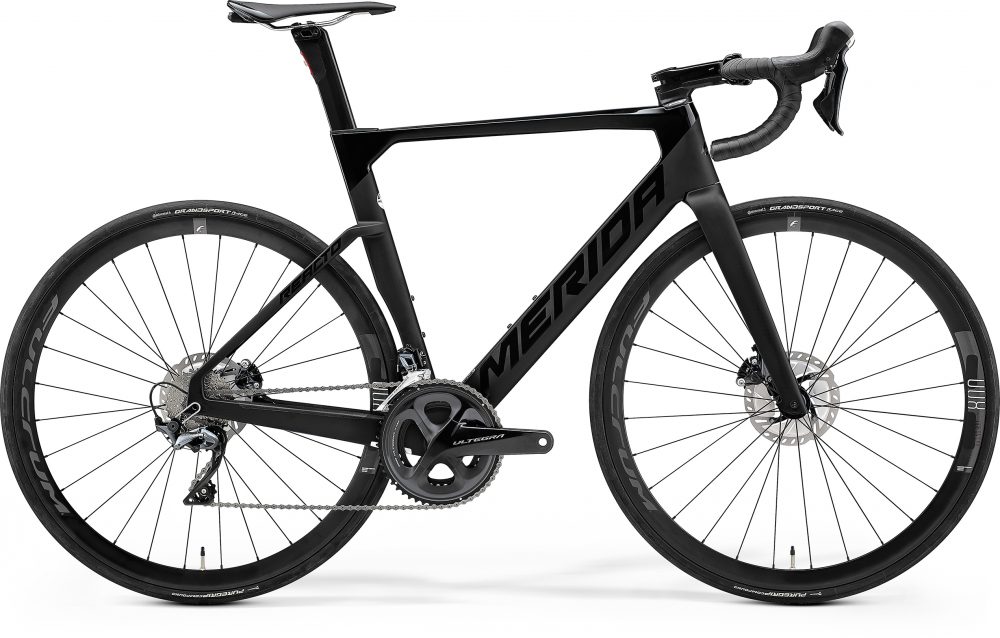
- Reacto CF3 carbon frame and fork
- Shimano Ultegra mechanical groupset
- Fulcrum Racing 800 wheelset
- Continental Grand Sport Race 700X25c tyres
- Merida bar and stem
- Merida saddle
Reacto 5000, £2,450
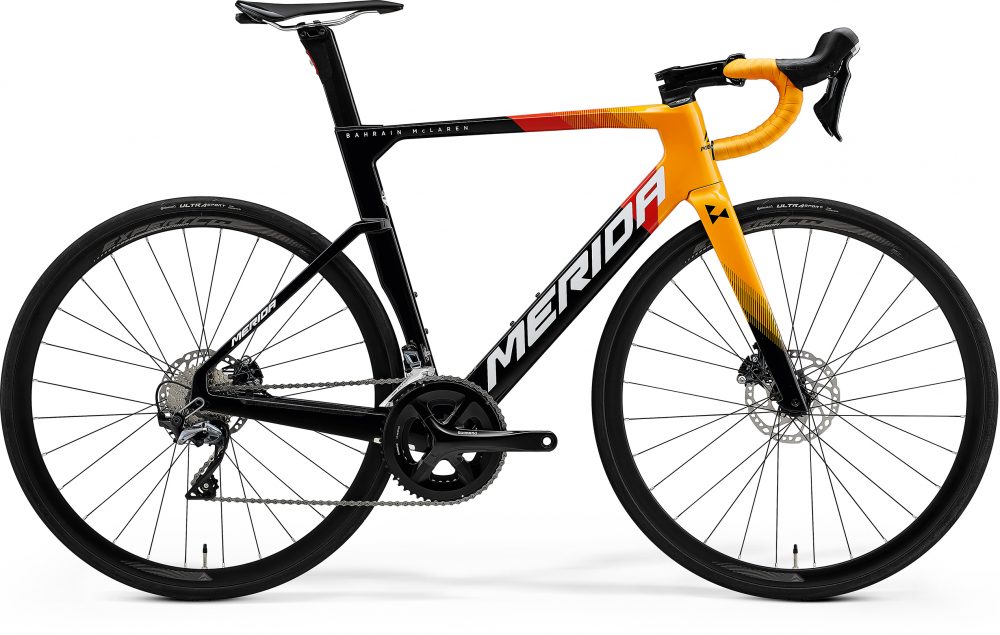
- Reacto CF3 carbon frame and fork
- Shimano 105 groupset
- Merida Expert CW wheelset
- Continental Ultra Sport III 700X25c tyres
- Merida bar and stem
- Merida saddle

Thank you for reading 20 articles this month* Join now for unlimited access
Enjoy your first month for just £1 / $1 / €1
*Read 5 free articles per month without a subscription

Join now for unlimited access
Try first month for just £1 / $1 / €1
Get The Leadout Newsletter
The latest race content, interviews, features, reviews and expert buying guides, direct to your inbox!
James Bracey's career has seen him move from geography teacher, to MBR writer, to Cycling Weekly's senior tech writer and video presenter. He possesses an in-depth knowledge of bicycle mechanics, as well as bike fit and coaching qualifications. Bracey enjoys all manner of cycling, from road to gravel and mountain biking.
-
 'It took everything' - Puck Pieterse outclimbs Demi Vollering to win La Flèche Wallonne
'It took everything' - Puck Pieterse outclimbs Demi Vollering to win La Flèche WallonneDutch 22-year-old shows Classics pedigree with first one-day victory
By Tom Davidson
-
 Tadej Pogačar flies to dominant victory at La Flèche Wallonne
Tadej Pogačar flies to dominant victory at La Flèche WallonneSlovenian takes second win at Belgian classic ahead of Kévin Vauquelin and Tom Pidcock
By Tom Thewlis